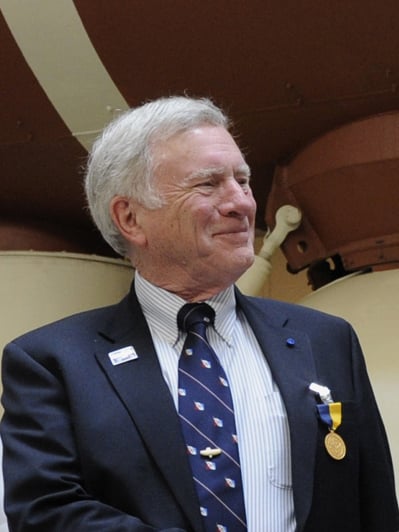Vast mineral resources worth trillions of dollars rest on the world’s 140-million-square-mile seafloor. At a time when the need for metallic commodities is soaring, can these resources be part of the solution?
There are three general types of resource-rich sites: polymetallic nodules, polymetallic sulfides, and cobalt ferromanganese pavements.
Potato-sized polymetallic nodules are found on flat ocean plains at depths between 14,000 and 20,000 feet. Found worldwide, most formed more than three million years ago. In general, they contain ore-quality copper, cobalt, manganese, nickel, and rare-earth elements. Of greatest interest is the Clarion-Clipperton Zone, an area of 1.7 million square miles stretching from Hawaiito Mexico. The value of metals that could be produced from seafloor mining there is estimated to be in the billions of dollars.
Polymetallic sulfides are found mostly along midocean submarine ridges at depths of about 3,300 to 13,000 feet. Here, seafloor hydrothermal vents form sulfide deposits in tube-like structures. These are formed when subsurface water up to 700 degrees Fahrenheit jets into the cold seawater at the seafloor, sometimes as high as 30 stories. As the superheated water passes through subsurface rock formations, its metallic compounds are leached out. When it mixes with the cold ocean water, there is an instant precipitation of the metallic sulfides rich in copper, gold, and silver.
Cobalt ferromanganese crusts are pavements formed on bare rock surfaces on submerged seamounts or other elevated subsurfaces. Typically, they are found at depths between 2,000 and 23,000 feet. They are created when metal-rich sediments form “carpets” up to a foot thick. Metals found in these crusts include cobalt, nickel, copper, platinum, tungsten, and rare-earth elements.
At present, there is no commercial production from the seafloor sites mentioned here. When ocean mining was first attempted in the 1960s and ᾿70s, the question was, could subsea deposits be recovered, shipped, and processed more cheaply than from commercial operations on land? Seafloor mining essentially failed that economics test.
In the 65 percent of the global seafloor that is under the high seas, and in accordance with the United Nations Convention on the Law of Sea (UNCLOS), ocean mining is regulated by the International Seabed Authority (ISA), founded in 1994. Governments and commercial entities are required to apply for the rights to explore tracts of the seafloor for initial prospecting and, later, for commercial exploitation.
While ISA is 27 years old, it is still formulating the rules for mining the 100 million square miles of ocean floor for which it is responsible. Lease tracts will be for 8,000 square kilometers with a 20-year tenure. To date, ISA has awarded 30 prospecting rights involving 22 nations. This does not mean those nations can commence mining once a good site is found. That is the next step, and it may be while, perhaps years.
However, UNCLOS awards a 200-mile-wide exclusive economic zone to each coastal nation where they can undertake mining activities without ISA involvement. While mining could take place now, there are no active commercial operations at this time.
Today, the situation is much more complex when the estimated environmental costs of seafloor mining are considered. More than 500 leaders in science, business, and conservation have asked for a universal moratorium—rather remarkable for something that has not yet happened.
To efficiently mine the seafloor means that large swathes of the ocean bottom will have to be stripped clean of life—life that may have taken millions of years to evolve—life that may not come back after mining operations have been completed.
Also, there is serious concern that the midwater and seafloor wastewater plumes incident to mining operations could damage marine life within the immediate vicinity of the operations.
There is an urgent need for scientific studies to help understand the effects of ocean mining. Only 80 percent of the global seafloor has been mapped. This work should be completed by 2030. Despite political and financial pressures from the global commodities industries, experts urge that this be done before seafloor mining is permitted.





